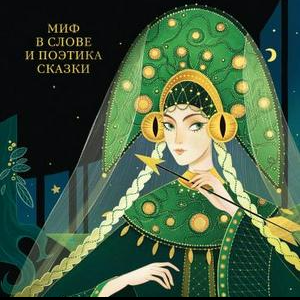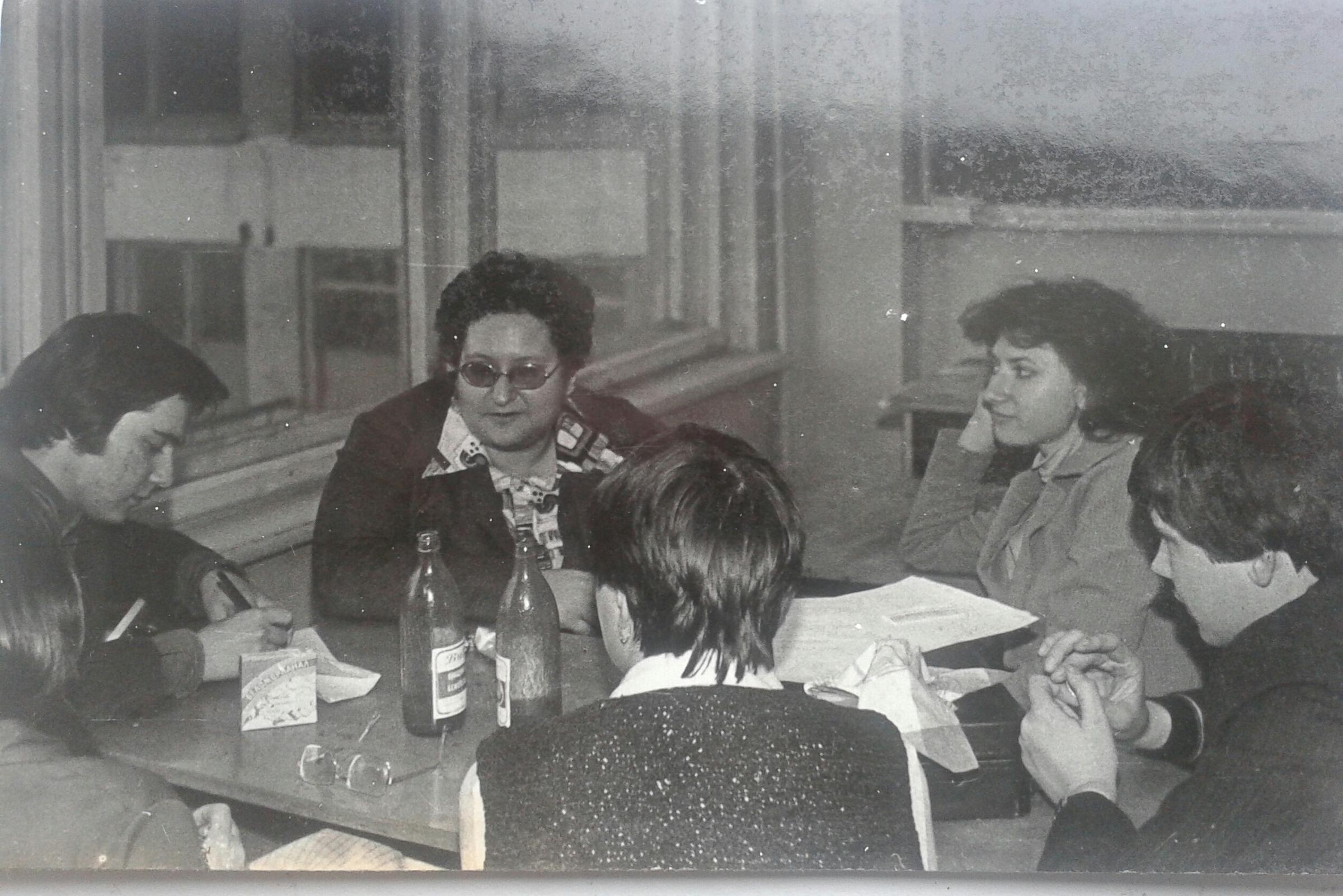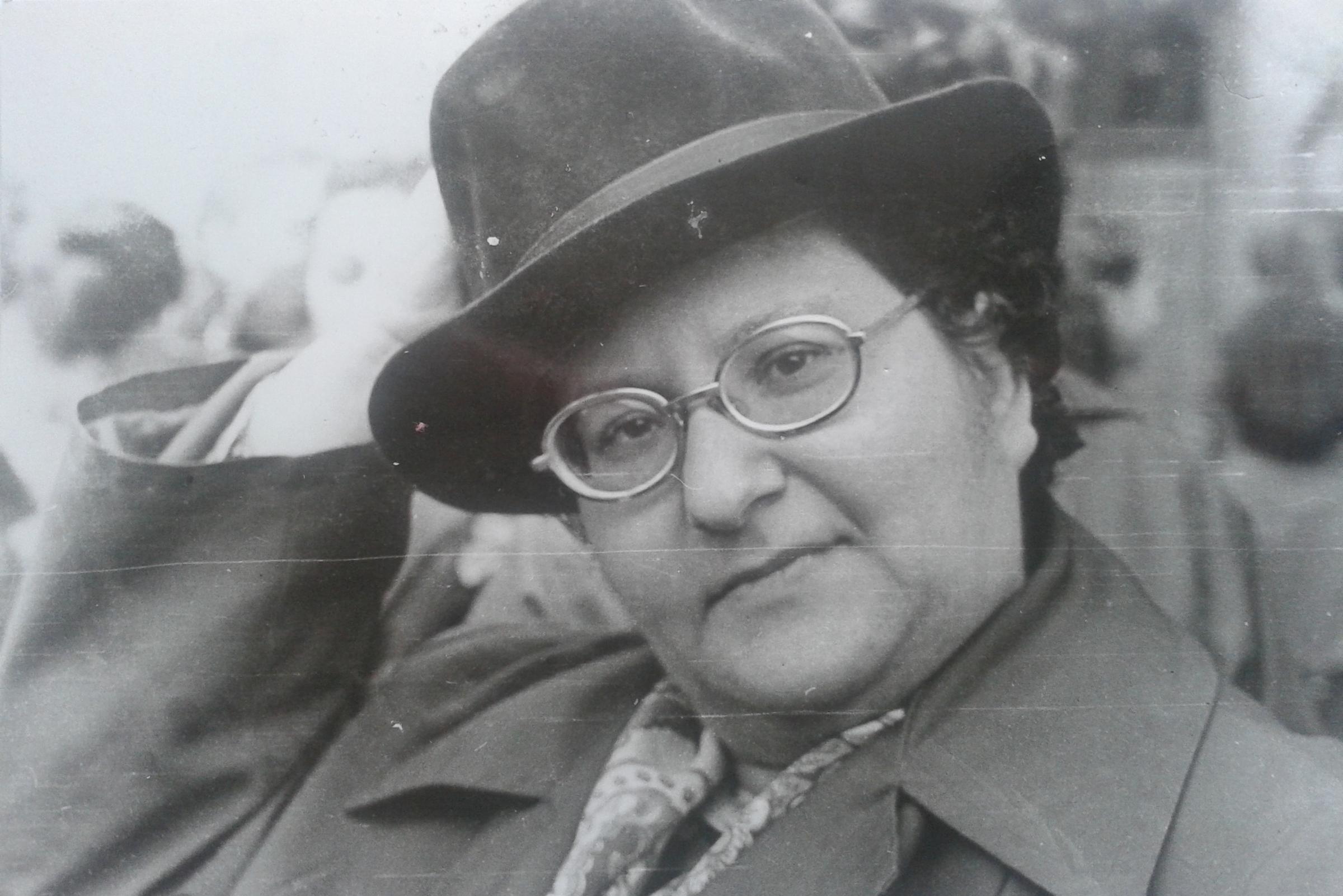This year Sofia Zalmanovna Agranovich, a professor at Samara University, would have turned 80. For many years, she was an iconic figure both for the Faculty of Philology and for the entire University. For the anniversary, the Moscow Publishing House “MYTH” has published the book “Myth in the word and the poetics of fairy tales. Mythology, language and folklore as the most essential matrices of culture.” We talk about this book and about Professor Sofia Zalmanovna Agranovich with her co-author, Doctor of Philology Evgeny Stefansky.
- Evgeny Evgenievich, what was Sofia Zalmanovna for the Faculty of Philology in your student years?
“In her performance, we listened to one of the basic courses for philologists — “History and Theory of Folklore.” And these were not fairy tales, songs and riddles, or, as Sofia Zalmanovna joked, not a “jewelry box of folk songs.” It was a scientific analysis of ways of reflecting ancient mythological consciousness in the different peoples’ folklore, with written literature to arise on the basis of oral folk arts.
Besides, Sofia Zalmanovna was the curator of one of the first-year groups, so she tried to explain to all those who chose language and literature as their profession that philology is not rolling eyeballs under the brow ridges, that is, not admiration for the writer’s language and artistic methods, but explaining how the work is “made” and why it has such an effect on the reader. And she also greatly contributed to releasing our faculty wall newspaper “Rhythm,” writing scripts for the Students’ Spring and Philologist’s Day, establishing everyday life during our folklore practices.”
- Was Sofia Zalmanovna Agranovich’s scientific research also related to folklore?
“The subtitle of her latest monograph, co-authored with psychologist Sergey Viktorovich Berezin, which was published in 2005, shortly before her death, is “Archaeology of Consciousness.” This was the theme of her research. First, based on the material of folklore and literature, then language, ethnography, and psychology became the object of her studies.
She indeed created her scientific school, which she always understood as methodology. She has never had postgraduate students, but many of her graduate students and colleagues at the Department, the Faculty and the University continue to study the “archaeology of consciousness” on various materials.”
- With Sofia Zalmanovna, you co-authored the book “Myth in the Word: Continuation of Life”. How did she come to the new for herself object of research?
“And she was always interested in language. But not as a set of norms and rules or lexemes and forms, but as a system of signs reflecting human consciousness at different stages of its formation. When she interpreted for us the process of plot formation in folklore, she always mentioned that Huts on Chicken Legs, magical assistants, husbands at their wife’s wedding, steadily recurring in various peoples’ folklore, are not the figment of talented storytellers’ inflamed imagination. All these images and plot twists arose largely according to the same objective laws as language did.
At the beginning of the “noughties,” when we took up the book with her, the so-called anthropocentric paradigm started actively developing in linguistics. Scientists who worked within its framework were interested in language processes not as they are, but as reflection of human consciousness. There appeared areas in linguistics, such as linguoculturology, ethnolinguistics; in Russia and Poland, reliable Slavic ethnolinguistic dictionaries were published.
For example, etymological studies have proved that the word ‘prisyaga’ (cf. the verb ‘osyazat’ (touch)) is related to a gesture of touching a certain sacred object (totem, weapon), and the word ‘klyatva’ — to a ceremonial bow, kneeling before a stately more significant person. And then we hypothesized that language arose as fixation of symbolic ritual gestures in sound signs (words).
Due to her method, it became possible to rethink some of fairly reputable linguists’ conclusions made on the basis of the analysis of extensive material. For example, one well-known scientist believed that the consistently repeated use of words denoting lips and mouth in many languages for the purpose of naming the place where the river flows into the sea (see, ustje (mouth) of the Volga, the Ob Guba (Ob Bay)” reflects the metaphor, which many peoples had: “the sea drinks the river.” But, in fact, the mouth is part of the river, not the sea. And this is the river that pours through its mouth into the sea. And recurrence of the internal form is not a metaphor at all, but reflection of stable mythological ideas about any water source as a living being.”
- Your joint monograph on myth and language is a core part of the anniversary book. And what else was included into it?
“The transcribed series of Sofia Zalmanovna’s lectures on the poetics of fairy tales. I should mention that she adamantly refused to publish her lectures on folklore. “Lectures put down on paper are dead things,” she liked to say. And it wasn’t flirting. She never voiced yellowed summaries. She could bring to her lecture the most important provisions of the monograph to have just been published, and her own interpretation from the folklore and mythological positions of a recently published work, as well as a fragment of a scientific article written the day before. And the most important thing. She didn’t “lecture.” She talked to her students. And therefore, when transferred to paper, her almost conversational style of lecture communication would turn into dry delivery of the theory.
The text to be included in the book appeared largely by accident. In 2000, at Samara University, an American student attended lectures on Theory and History of Folklore. For facilitating her comprehension of these lectures, their dictaphone recordings were transcribed specially for her. That is how it was possible to save and process not the summaries, but in fact transcripts of lectures by Sofia Zalmanovna.”
- Is there the bibliography of scientific works by Professor Sofia Zalmanovna Agranovich in the book?
“Yes, of course. And also my essay “Wise-Cracking on the Edge,” in which I tried to comprehend her human and scientific path.”
 RU
RU  EN
EN  CN
CN  ES
ES 


